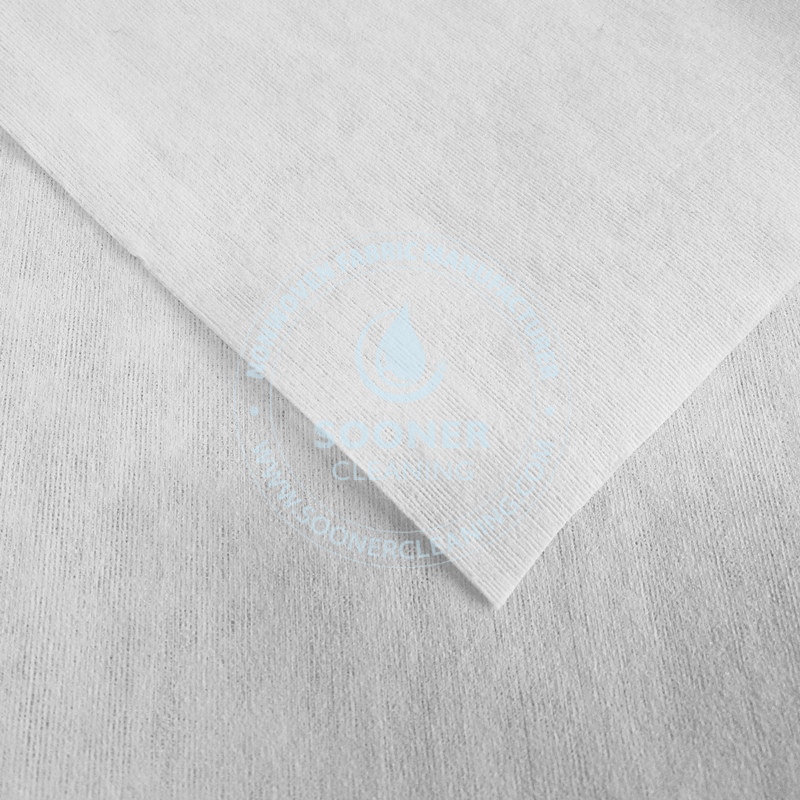With consumers focusing on both convenience and environmental friendliness in hygiene products,
nonwoven wipes are becoming one of the fastest growing categories in the global FMCG industry. According to the latest report, the global nonwoven wipes market has exceeded $21 billion, with an annual growth rate of over 9.5%, and the innovation of sustainable materials and intelligent production processes is further promoting the expansion of this market.
I. Hygienic demand + environmental upgrading: dual engines pulling the market
After the New Crown epidemic, the demand for disposable nonwoven wipes has surged in home care, medical disinfection and personal hygiene scenarios. Compared with traditional cotton, nonwoven wipes have the advantages of uniform fibre structure, strong liquid absorbency, and low flakes, especially in the medical field, where their antibacterial properties are widely used.
At the same time, the tightening of environmental regulations forced the transformation of the industry. The EU's ‘Single-Use Plastics Directive’ (SUP) explicitly requires wet wipes manufacturers to mark the plastic content, prompting companies to accelerate the development of biodegradable nonwoven materials (biodegradable nonwoven materials).
II.technological innovation: from raw materials to production of the whole chain of breakthroughs
In order to balance the performance and environmental protection, the world's leading companies are focusing on three major technology directions:
natural fibre substitution: bamboo fibre, bagasse and other renewable materials to increase the proportion of reducing the dependence on petroleum-based chemical fibres;
water-based treatment process: abandon the traditional alcohol solvent, the use of spunlacement reinforcing technology to reduce carbon emissions;
intelligent packaging design: single piece of individual packaging to reduce waste, and add a moisture-sensitive label to extend shelf life Intelligent packaging design: individual packaging to reduce waste, and adding humidity-sensitive labels to extend shelf life.
The U.S. Nonwovens Association (INDA) states that by 2024, more than 60% of new wipes on the market will incorporate at least one sustainable technology. hydroentangled nonwoven wipes have been certified by the Carbon Trust for their low-energy production process.
III.Asia-Pacific market leader: China's production capacity accounts for more than 40% of the world
China, as the world's largest producer of nonwoven fabrics, is transforming from ‘manufacturing’ to ‘smart manufacturing’. The production line of wet wipes can customise functional wipes containing essential oils and aloe vera extracts, and the products are exported to more than 30 countries.
However, the industry still faces challenges. The International Nonwovens Association (EDANA) has warned that some companies are using low-quality recycled materials to reduce costs, which could lead to product safety risks. In response, China's national standard GB/T 40276-2021 Nonwoven Fabrics for Sanitary Use has mandated the labelling of raw material composition and degradability to regulate market development.
IV.the future outlook: customisation and intelligence become the focus of competition
Consumer demand for wipes is shifting from ‘basic cleaning’ to ‘scene segmentation’. Mothers and babies prefer ultra-soft nonwoven baby wipes, fitness users are concerned about sports wipes with antibacterial formula, and pet wipes have become a new hit on e-commerce platforms.
V.Conclusion
From a household necessity to an environmental technology carrier, the evolution of nonwoven wipes reflects the transformation logic of the FMCG industry - the only way to win long-term growth in global competition is to deeply integrate technological innovation with sustainable value. For enterprises and consumers, this ‘green revolution’ has just begun.
Click here to get a free sample of nonwoven wipes!


